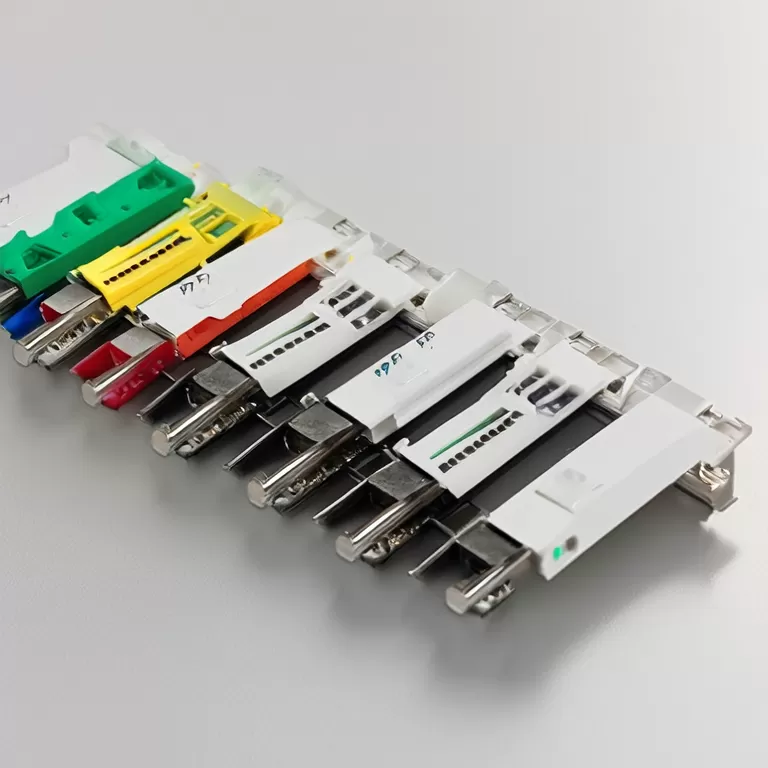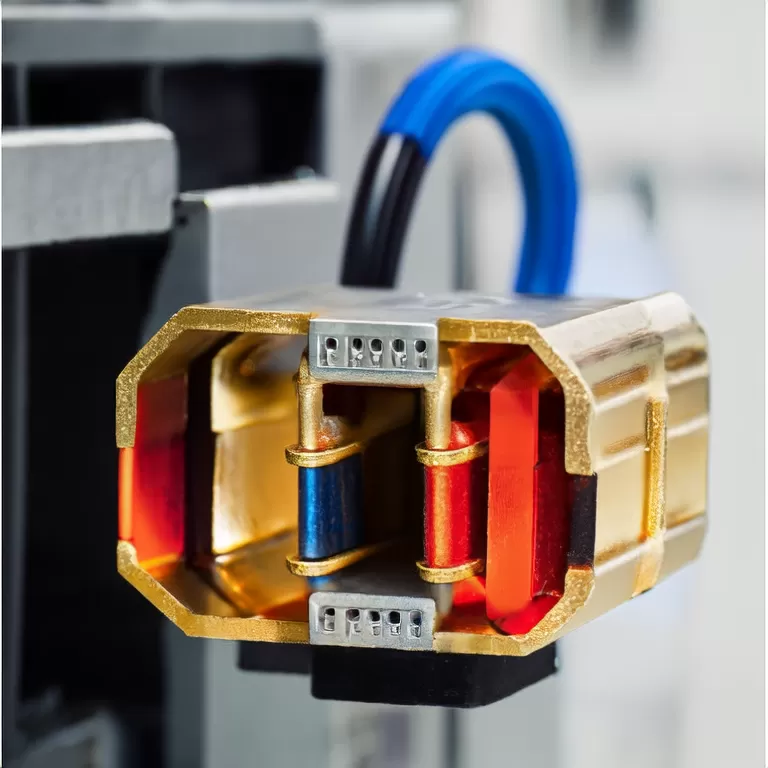- Home
- Products
+
- Connectors
+
- Box Header Connectors & Ejector Header Connectors
- Female Header Connectors
- Male Pin Header Connectors & Mini Jumper Connectors
- IC Socket / PLCC Socket / ZIF Socket Connectors
- Wire to Board Connectors & Wire to Wire Connectors
- IDC Connectors
- FFC / FPC Connectors
- Micro Match Connectors
- DIN41612 Connector
- D-Sub Connectors / D-SUB hood
- SIM & Micro SIM & Nano SIM Card Connectors
- Memory Card Connectors
- USB 2.0 / USB 3.0 / USB 3.1 / Type C / Micro USB / IEEE 1394 / Mini USB Connectors
- DVI Connectors & HDMI Connectors
- Y13 / Y17 /Y21 IP68 Waterproof Circular Connectors
- Circular Connectors
- SATA Connectors
- Audio Connectors
- Terminal Blocks
+
- PCB Terminal Block Rising Clamp
- PCB Terminal Block Wire Protector
- Pluggable Terminal Blocks
- Screwless-Spring terminal blocks
- Barrier Terminal Blocks
- Reflow Solder LCP Housing Terminal Blocks
- Fuse lighting terminal blocks
- Feed Through Terminal Blocks and Box
- Miniature Rail-mounted Terminal Blocks
- Insulated terminals
- Non-insulated terminals
- Solder terminals for PCB mount
- Switches +
- Crystals / Oscillators / Resonators +
- Transformers +
- Ethernet Connectors +
- RF Connectors +
- Sound sources +
- Latching Relay +
- Antenna +
- Connectors
+
- Cross Reference
- Solution
- About RHT
- FAQ
- Download
- News
- Contact Us +
What are the 5 power supply connectors?
 Aug. 28, 2025
Aug. 28, 2025Introduction to Power Supply connectors
In the fast-evolving world of electronics, power supply connectors have become a critical component for ensuring reliable energy transfer across devices. Whether it\'s laptops, gaming consoles, or home appliances, these connectors play a significant role in facilitating performance and enhancing user experience. According to recent data, around 70% of device malfunctions are linked to poor power connector interactions, presenting a vital problem for manufacturers and users alike. Therefore, understanding the significance of power supply connectors is crucial to maintaining device longevity and operational effectiveness in high-demand scenarios.
What Are the 5 Types of Power Supply Connectors?
Power supply connectors are the interface through which electrical power is supplied to various devices. There are several types of power supply connectors, each designed for specific applications:
Molex Connectors: Commonly used in computer power supplies, they typically deliver 5V and 12V, accommodating multiple drives.
SATA Power Connectors: Standard in modern devices for hard drives and SSDs, facilitating a power delivery with a maximum of 3 amps per pin.
PCIe Connectors: Essential in powering graphics cards, these connectors can deliver up to 75W per slot, ensuring optimal performance for gaming and design applications.
DC Barrel Connectors: Widely used for consumer electronics, they come in various sizes and can support DC voltages from 5V to 24V or even more.
USB-C Connectors: The latest standard supporting power delivery (PD) that can charge devices at a rate of up to 100W, accommodating fast charging needs.
Definition of Power Supply Connectors
Power supply connectors are defined as the interfaces utilized to connect power sources to electrical devices, enabling the flow of electricity required for operation. They are comprised of various components including pins, housing, and sometimes locking mechanisms to ensure secure connections. Understanding industry-specific terminology, such as “voltage rating” and “current capacity,” is essential for selecting the appropriate connector for specific applications. Voltage rating refers to the maximum voltage the connector can handle, while current capacity indicates the maximum electrical current it can safely sustain.
Application Scenarios for Power Supply Connectors
Power supply connectors are integral across multiple fields, including but not limited to:
Consumer Electronics: Smartphones, laptops, and tablets utilize various connectors to ensure efficient power transfer, ultimately enhancing user satisfaction.
Automotive Industry: Modern vehicles increasingly rely on advanced electronics, necessitating sturdy power supply connectors for compact disc players, navigation systems, and charging ports.
Industrial Machinery: Heavy machinery and factory setups require specialized connectors to manage high-current applications, essential for operational efficiency.
Energy Solutions: In renewable energy systems like solar panels, connectors ensure efficient power transfer from solar cells to home electrical systems.
Advantages of Power Supply Connectors
Understanding the advantages of using specialized power supply connectors is paramount. First, they ensure reliable power delivery— connectors can handle specified voltages and currents without overheating or failing, thereby reducing the risk of device malfunctions. For instance, the PCIe connector\'s capacity to deliver 75W ensures optimal performance in high-demand scenarios like gaming. Additionally, specialized connectors can improve energy efficiency, with USB-C connectors enabling rapid charging that minimizes time spent tethered to a power source. Most importantly, these connectors ensure safety and compatibility, adhering to industry standards that reduce the risk of electric shocks or short-circuits.
Next Steps: User Guidance
To fully understand how to implement these connectors in your devices, users are encouraged to reference user manuals accompanying each device. For a deeper exploration of connector types and their specifications, consider accessing comprehensive guides available on electronic component websites.
FAQ
1. How do I determine which power connector I need?
The necessity of a particular power connector depends on the device\'s requirements. Always refer to the device\'s specifications or user manual for guidance.
2. Are all connectors interchangeable?
Not necessarily. Each connector type is designed for specific voltage and current ratings; using an incorrect type may lead to device failure.
3. What is the importance of choosing high-quality connectors?
High-quality connectors ensure an efficient power transfer, reducing the risk of overheating, malfunctions, and increasing the lifespan of the connected devices.
4. Can I use multi-connectors for different devices?
While multi-connectors may offer versatility, always ensure compatibility with the voltage and current ratings required by each device to avoid damage.
5. Where can I find reliable power supply connectors?
Brands such as RHT offer a variety of high-quality power supply connectors and are known for their durability and efficiency.
For further understanding or trial, consider exploring RHT’s extensive range of power supply connectors which are designed for both performance and reliability.
Are there color-coded terminal blocks?
 Dec. 03, 25
Dec. 03, 25










